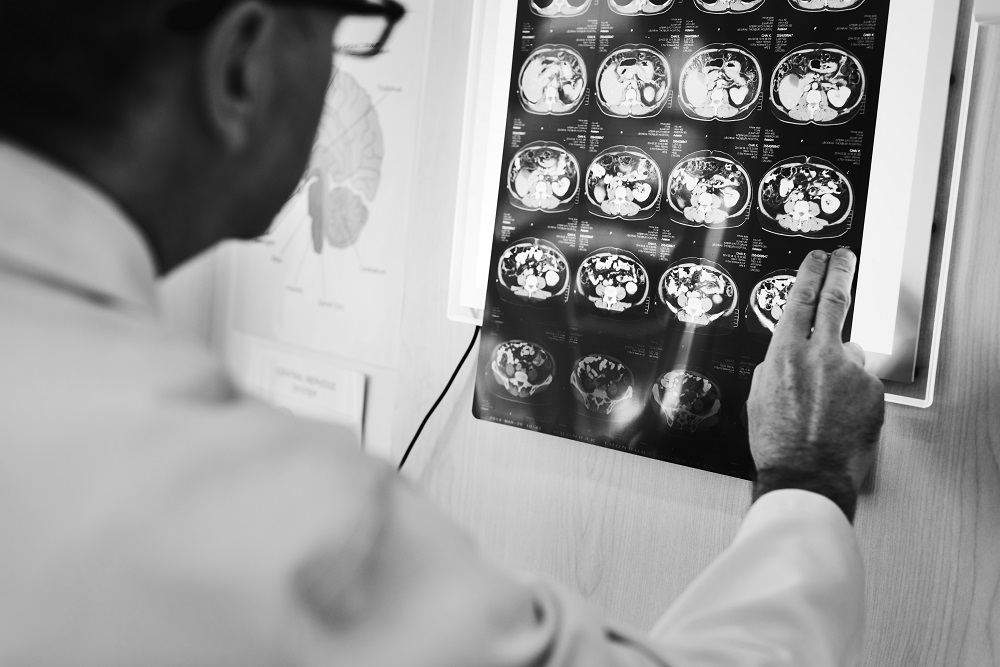Have you ever wondered how a person begins to recover after a stroke? The answer may be closer than you think, and you may be surprised at how some modern techniques are revolutionising the process. Throughout this article, we’ll uncover the secrets behind stroke rehabilitation programmes, focusing on methods that are making a real difference to people’s lives.
A stroke occurs when blood flow to a part of the brain is stopped, either by a blockage or a ruptured blood vessel, preventing brain tissue from receiving oxygen and nutrients. This can cause brain cells to die and result in the loss of many bodily functions.
Importance of Rehabilitation After Stroke
After a stroke, each person faces a unique path to recovery. Rehabilitation is vital because it helps survivors improve their physical, cognitive and emotional abilities that were affected. The main goal is to help people regain as much independence as possible.
Types of Stroke Rehabilitation
Physical Therapy
Physical therapy focuses on improving strength, coordination and balance. Therapists work with patients to help them regain control of their movements and improve mobility.
Occupational therapy
This therapy helps patients return to daily activities such as dressing, eating and toileting. Occupational therapists adapt activities and the home environment to facilitate independence.
Speech and Language Therapy
After a stroke, many people face problems with speech and understanding. Speech therapists work to improve these skills and, if necessary, teach new ways to communicate.
Specialised Rehabilitation Programmes
Some clinics offer specialised programmes that use advanced technologies and personalised approaches. For example, robotics and virtual reality are gaining ground as effective tools in stroke rehabilitation.
Choosing the Right Programme
Choosing the right rehabilitation programme is crucial. Here are some tips:
– Consult medical professionals: A physician or neurologist can provide recommendations based on the patient’s specific condition.
– Check the credibility of the programme: Make sure the programme is licensed and well reviewed by other patients and health professionals.
– Customise the programme: The programme should be tailored to the specific needs of the patient, as every stroke is different.
Rehabilitation does not end when the patient leaves the clinic. Family support and ongoing care are essential to maintain and improve the progress made. Patients often continue with exercises and therapies at home, and may return periodically for evaluations and adjustments to their rehabilitation programme.
Conclusion
The road to recovery after stroke can be long and challenging, but with the right rehabilitation programme, patients can regain much of their independence and quality of life. Wondering what other innovations are changing the neurorehabilitation landscape? Stay tuned to learn more about how new technologies and approaches are making a difference in our next issue.
This journey of recovery is as unique as each person, and at our clinic, we are dedicated to designing rehabilitation programmes that are tailored to the individual needs of our patients. Visit us and find out how we can help you or your loved one take the next steps towards a successful recovery.
Leave us your data to start your treatment







